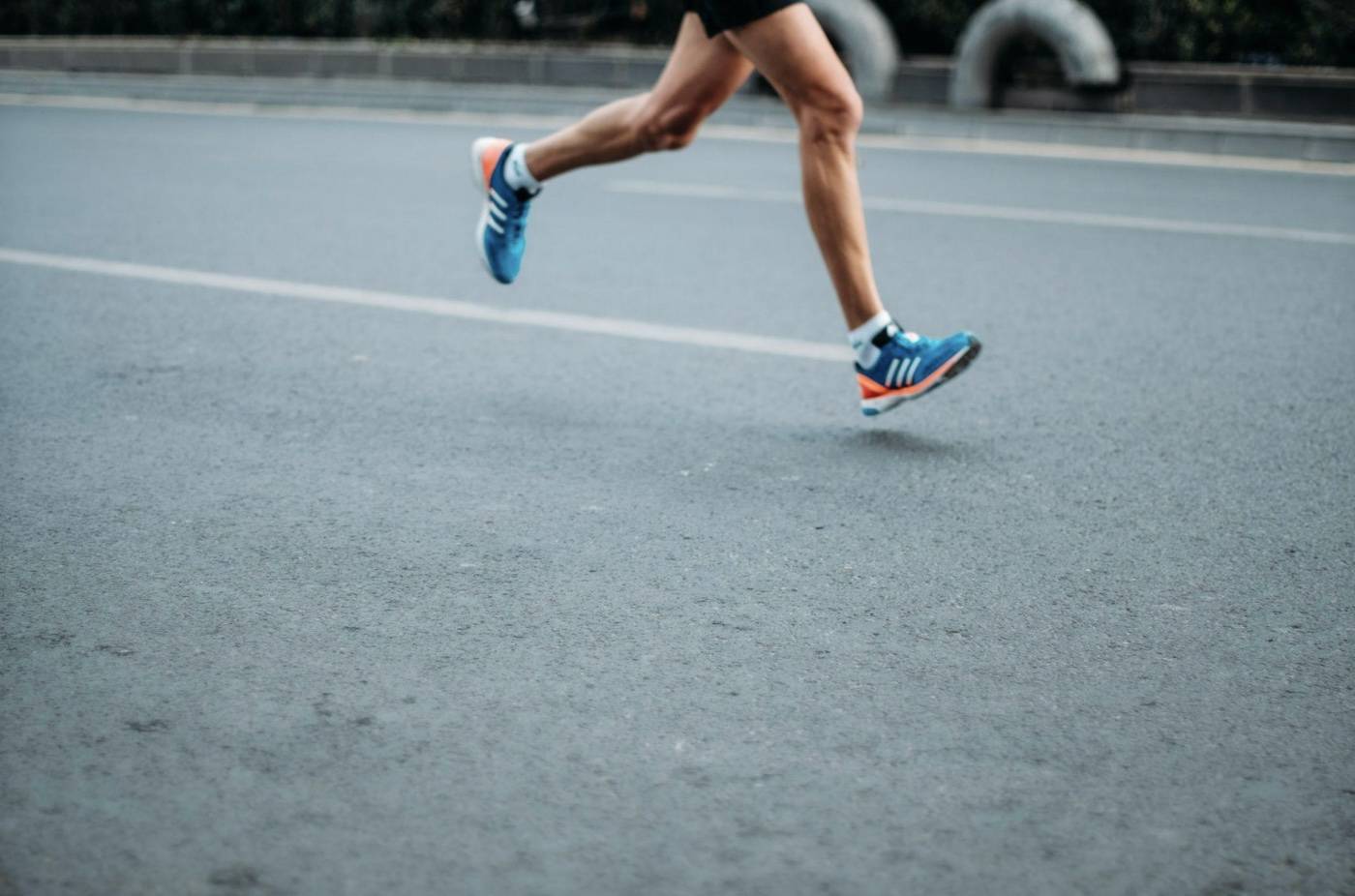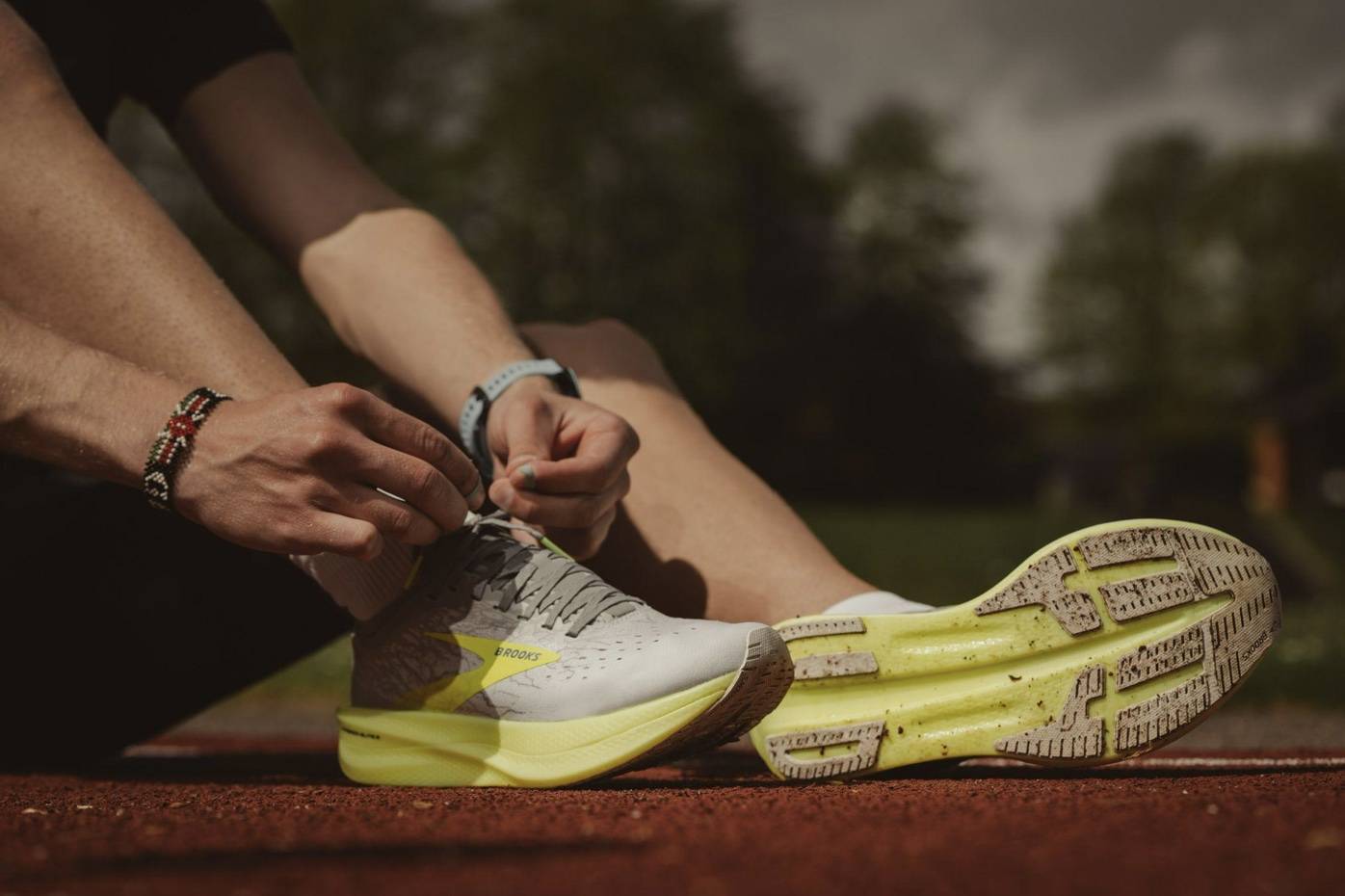
June 2022. This article is independently written by Shelby Golding. All opinions given are hers. Shelby has been certified as a personal trainer and nutritional specialist since 2007. In 2008, she found her passion for writing about these topics and hasn't looked back.

All of this isn’t to say that running can’t injure your joints, only that it might not be the primary cause. So keep reading to answer the question, is running good for your joints?
What Causes Joint Pain?
Arthritis is one of the most common reasons for joint pain. The two most prevalent forms of arthritis- osteoarthritis and rheumatoid arthritis- affect approximately 34 million people in the United States.
Osteoarthritis results from the gradual wearing of cartilage in the joints over time, and rheumatoid arthritis is an autoimmune disorder where the immune system attacks the healthy cells in the joints.
Injury and inflammatory conditions like tendonitis can also result in tenderness and pain in the joints. In addition, new runners and people returning to running after a long absence might develop a runner's knee, a condition wherein the cartilage in your kneecap becomes inflamed due to increased use.
Whatever the reason for your joint pain, proper running form is essential to keep from making it worse.
How To Run For Your Joints

Before blaming the activity, take a look at how you are running. The type of shoes you wear, the surface you run on, and your running form are a few factors that may be contributing to your joint pain.
1. Running Shoes
Old running shoes lead to more than painful joints. They can also cause plantar fasciitis, low back pain, and ankle sprains. So, if you’re planning to take up running or running regularly, do not skimp on shoes!
2. Running Surface
Treadmills are considered a mid-range surface, falling somewhere between grass and asphalt. If running is starting to take a toll on your knees, you may want to choose softer surfaces for your runs in the future to reduce the impact on your joints.
3. Old Injuries
Unconscious compensation can aggravate old injuries and even cause new ones. Speak to your physical therapist or primary care doctor to ease back into running without instigating any flare-ups of old injuries.
4. Form
Consult with a physical therapist if you think your joint pain may result from bad form. You might also want to consider cross training with weights to strengthen all of the legs, core, and upper body muscles.
Flexibility training, or complementary training with yoga or tai chi, can also be beneficial. By increasing the flexibility of your muscles, you can prevent future injuries and relieve tension in the muscles that builds up over time.
Protect Your Joints
A few actions you can incorporate to protect your joints include:
Exercising frequently. If your preferred form of exercise is running, go for it! Exercise helps maintain your weight to keep from adding pressure to the joints of your lower body.
Eating well. Fruits and vegetables contain antioxidants and anti-inflammatory substances that lower inflammation and ease pain throughout the body. Reducing inflammation in your body helps with joint pain, reduces your risk of developing a life-threatening disease, improves digestion, improves sleep, and has positive effects on your mental and emotional health.
Taking anti-inflammatory supplements like Omega-3 fatty acids and turmeric can help manage joint pain if you already suffer from it. Both act to reduce inflammation across the body. Speak with your primary care doctor before adding any supplements to your diet.
Add a few rest days to your routine. Rest days are crucial to preventing joint pain. Your body needs time to recover, especially when running long distances or training for a marathon event. Build up to your goal distances and time gradually and listen to your body to keep from overworking it!
These healthy habits will help support pain-free joints and make running good for your joints! Try a combination of the four for the best results.
Running for Joint Health
Disclaimer: Kailo should not be used if you have a pacemaker or if you are pregnant. Always consult your doctor or health care professional before using Kailo.






